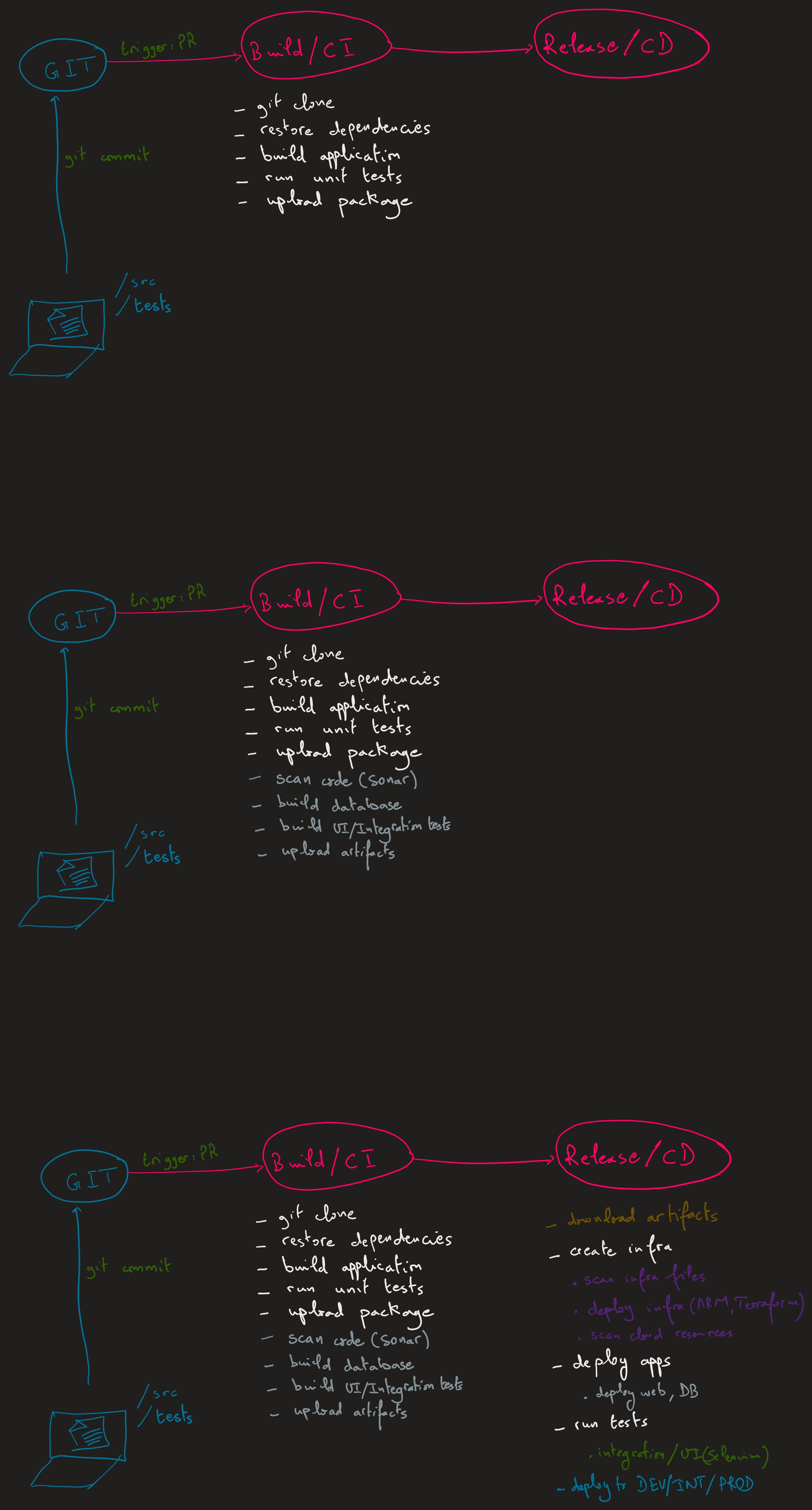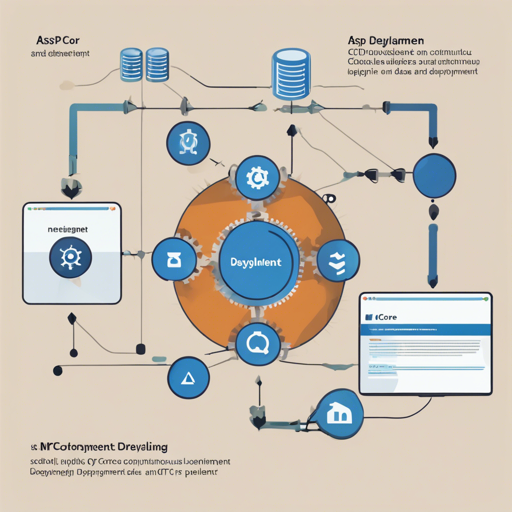In this blog post, we will explore the process of creating a Continuous Integration and Continuous Deployment (CI/CD) pipeline for an ASP.NET Core MVC application integrated with a database. Our project will include UI tests using Selenium and deployment configurations using Azure DevOps Pipelines. Let’s dive in!
Prerequisites
- Basic knowledge of ASP.NET Core MVC
- Understanding of Azure DevOps
- Access to Azure Portal
Overview of the Application
We will create a web application with a database that demonstrates how CI/CD pipelines can be structured using Azure DevOps. This setup automates the building, testing, and deployment of your application, ensuring a streamlined workflow.
1. Setting Up the Azure Development Environment
First, we need to prepare our Azure environment. This involves creating a resource group and a SQL Database to host your application. Here’s how you can do it:
- Log in to the Azure Portal.
- Create a new resource group and add a SQL Database to it.
- Don’t forget to configure the firewall settings to allow access from your application.
2. Building the Application
Using ASP.NET Core MVC, you can start building your application. Remember to set up the database context and Entity Framework Core to connect with your SQL Database.
Understanding the Deployment Configuration
We use an Azure Resource Manager (ARM) template to facilitate the deployment of resources. Here’s how to visualize your infrastructure and create the necessary templates:
- Utilize ARM Visualizer to view the infrastructure setup.
- You can deploy Azure Resources directly from the Azure Portal using your JSON template.
3. Configuring Azure DevOps Pipelines
Now, we set up the Azure DevOps Pipelines to automate the process.
steps:
- task: DotNetCoreCLI@2
inputs:
command: 'build'
projects: '**/*.csproj'
- task: DotNetCoreCLI@2
inputs:
command: 'publish'
publishWebProjects: true
zipAfterPublish: true
This snippet illustrates how to build and publish an ASP.NET Core project. You can think of the build process like preparing ingredients to bake a cake, where each step ensures your final product is well formulated.
4. Running UI Tests with Selenium
To ensure our web application works as expected, we implement UI tests using Selenium. Create a test project and set up UI tests to simulate user interaction.
5. Visualizing the CI/CD Pipeline
The CI/CD flows can be visualized in the following diagram:

Troubleshooting
If you face issues during setup, consider the following:
- Ensure that all Azure resources are configured correctly and permissions are set properly.
- Check the logs in Azure DevOps Pipelines for specific errors during the build or release process.
- If deployment fails, revisit the ARM template and ensure all resources are correctly defined.
- Verify your connection strings in the application settings are correct.
For more insights, updates, or to collaborate on AI development projects, stay connected with fxis.ai.
Further Resources
For a visual walkthrough, you can follow the complete demo on YouTube showcasing the pipeline setup and deployment.
Additionally, there is an old demo using Classic Designer available at this link.
Conclusion
By following these steps, you can successfully build and deploy an ASP.NET Core MVC web application using Azure DevOps and a CI/CD pipeline. This automation ensures that updates are shipped faster and more reliably.
At fxis.ai, we believe that such advancements are crucial for the future of AI, as they enable more comprehensive and effective solutions. Our team is continually exploring new methodologies to push the envelope in artificial intelligence, ensuring that our clients benefit from the latest technological innovations.

